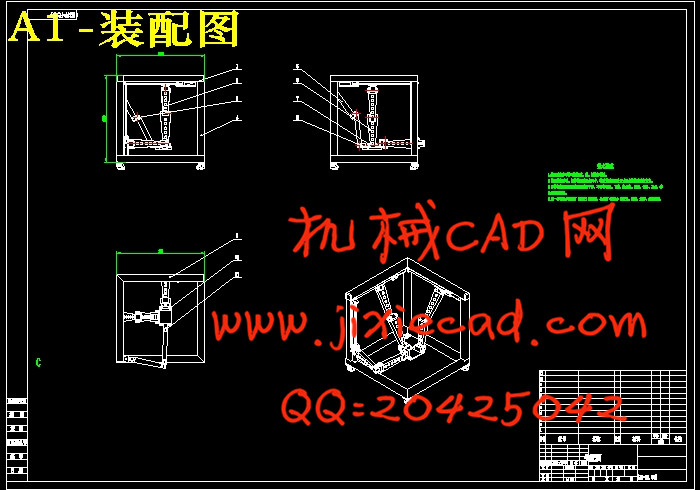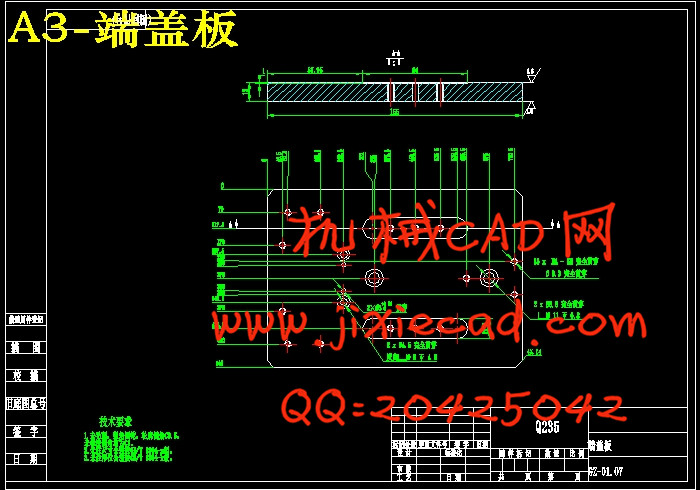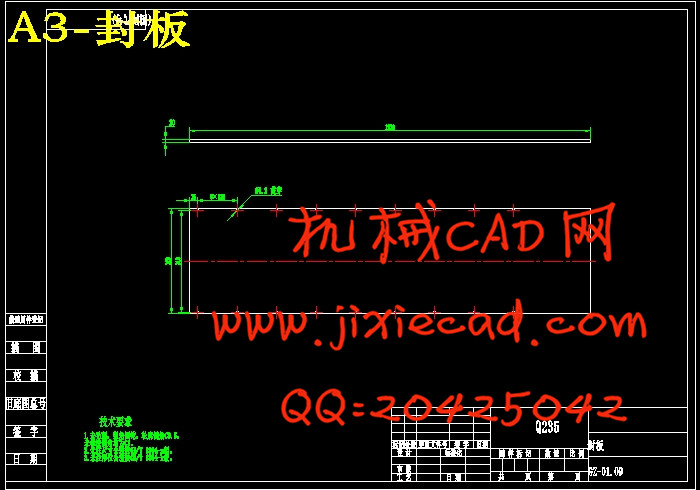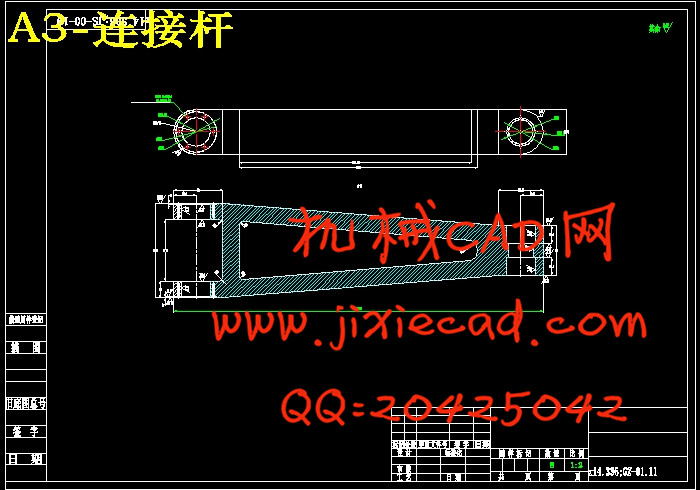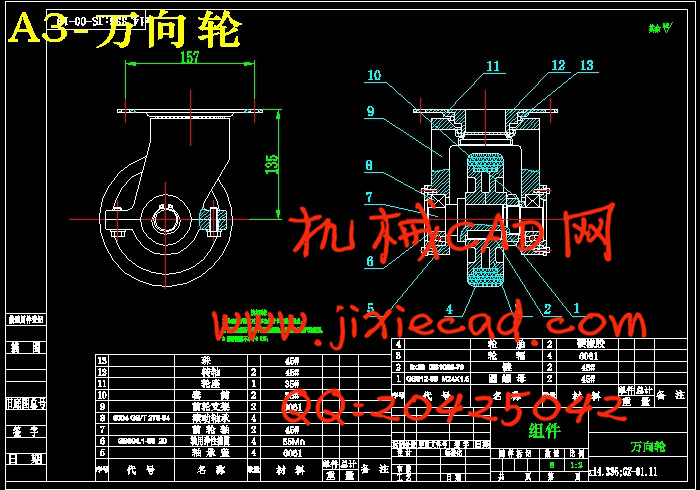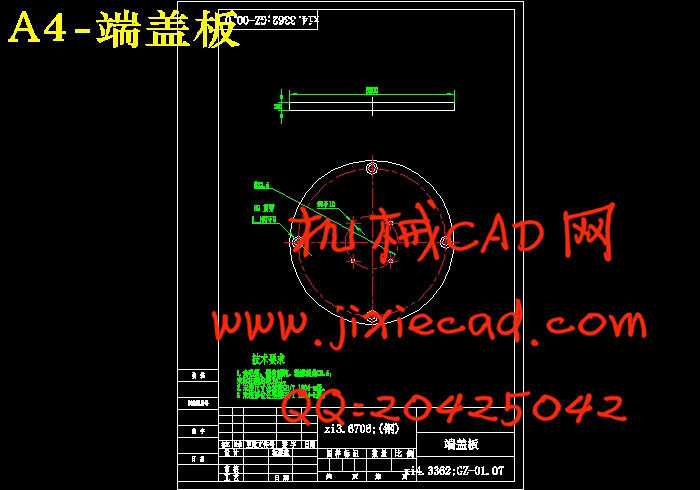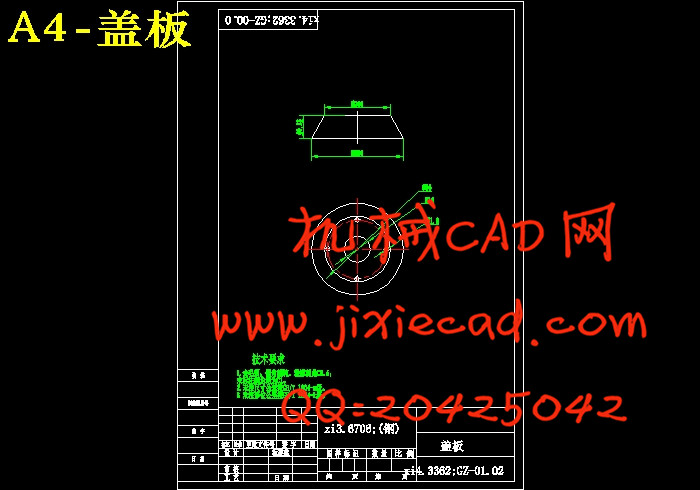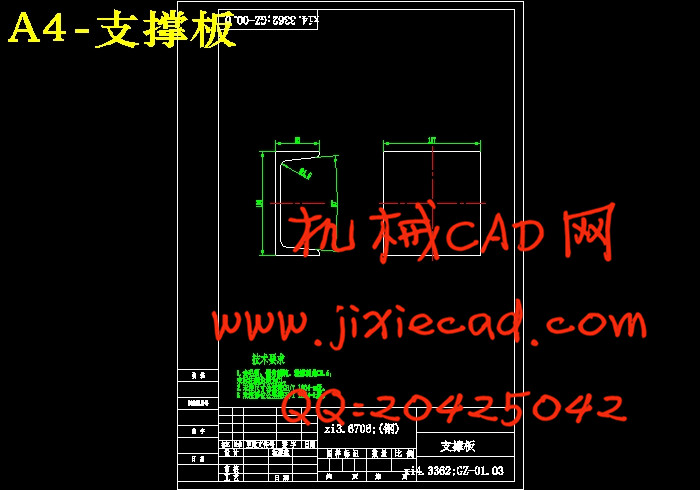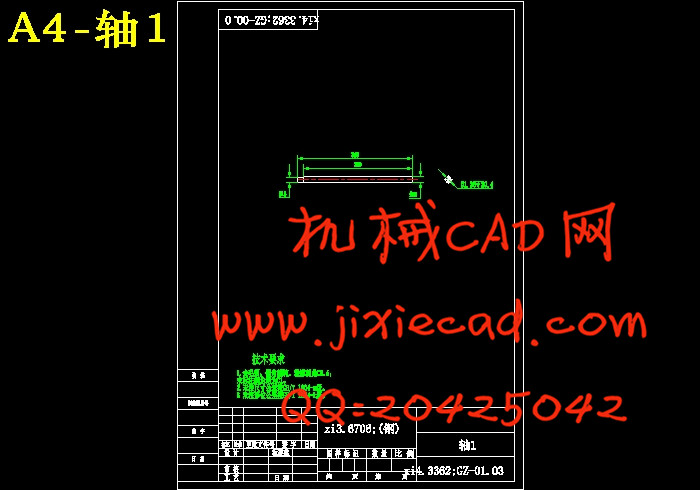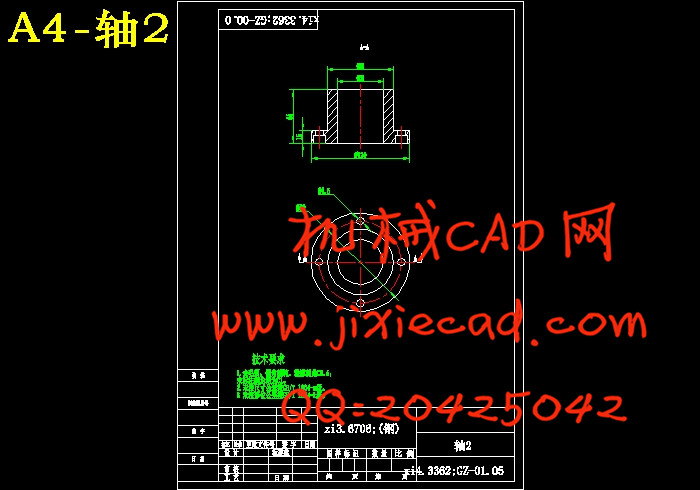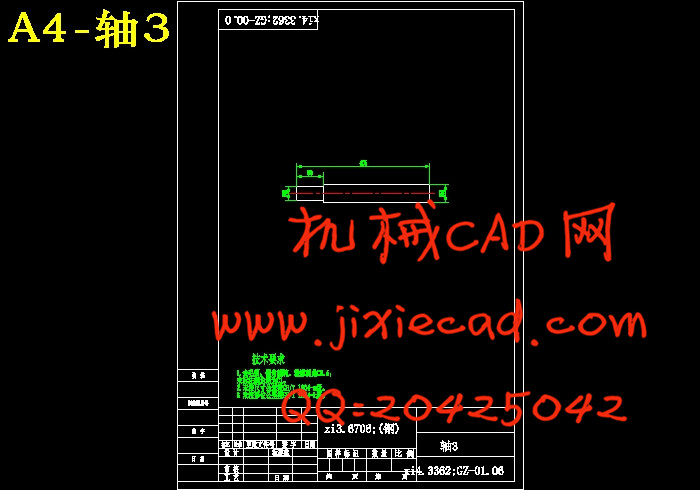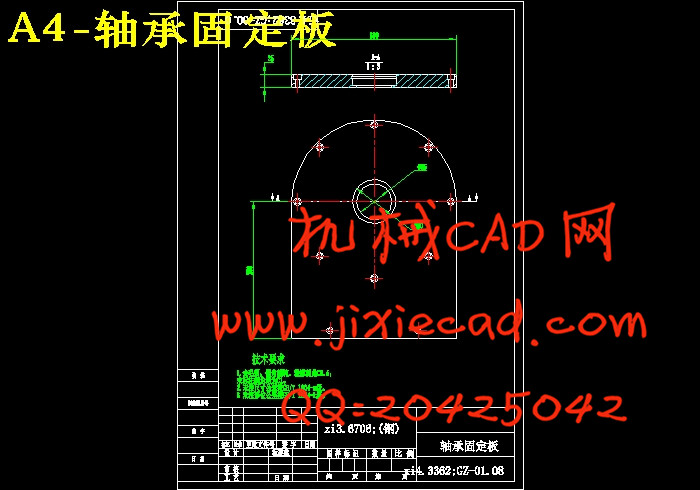设计简介
摘 要
随着科技水平的进步与发展,出现了许多新的机械设计方法,为设备的研发和制造奠定了坚实的基础。为了能够开发更先进的三自由度并联机器人,对三自由度并联机器人的选型设计有着重要的研究意义。当今是自动化时代,三自由度并联机器人对于工业化4.0的发展非常重要,因此它们也促进了三自由度并联机器人的发展。当前我国的三自由度并联机器人机械行业的内在潜在价值还有待强有力的挖掘,三自由度并联机器人机械的进一步研究将会给个人乃至集体和社会带来重要的积极意义,在研究的同时还可以让学生的综合能力得到开发与锻炼,最为重要的是总体设计就体现了这一点。第一,我们要让现在毕业的学生打好专业知识的基础并以此得到知识的提升,提升对知识进行运用和实践的综合素质,从而在以后工作中能够游刃有余。第二,可以让他们在课题中能够用发展性的眼光看待问题,充分发挥创新能力,攻破现实难题。对于三自由度并联机器人设计这一课题,它的涵知识面较广,具有极强的综合性,学生则必须要凭借过硬的专业能力和海量的知识,加上要有一定的在计算机上绘制图表的能力。因此,学生可以积极主动的思考和钻研这个设计课题,这样学生便可以在问题的分析解决上得到能力的提升,从而也能够积累对未来有帮助的工作经验。这篇论文会对国内三自由度并联机器人的历来的情况进行一个简要的概述,而且加上了三自由度并联机器人工作的理念简述,综述国内外三自由度并联机器人的现在的发展情况后,也综合了它的装置构造是如何设计概念。论文中,做好了三自由度并联机器人构造与设计的方案,对该装置的结构设计,,校对其强度,分析其运动,三维建模,三自由度并联机器人的每个机械构造和尺寸分别得到确定和定位。
关键词: 三自由度并联机器人、结构设计、三维建模
Abstract
With the progress and development of science and technology, many new mechanical design methods have emerged, laying a solid foundation for the R & D and manufacture of equipment. In order to develop more advanced three degree of freedom parallel robot, it has important research significance for the design of three degree of freedom parallel robot. Today is the era of automation, three degrees of freedom parallel robot is very important for the development of industrial 4, so they also promote the development of three degrees of freedom parallel robot. At present, the inherent potential value of the three degree of freedom parallel robot in our country still needs to be excavated strongly. Further research on the three degree of freedom parallel robot will bring important positive significance to the individual, even the collective and the society. At the same time, the comprehensive ability of the students can be developed and exercised. The most important thing is the overall design. First, we should make the students who are now graduating well on the basis of professional knowledge and get the promotion of knowledge, improve the comprehensive quality of the application and practice of knowledge, so as to be able to work easily in the future. Second, they can make them look at problems in a developmental perspective, give full play to their ability to innovate and break through practical problems. For the design of three degree of freedom parallel robot, it has a wide range of knowledge and very strong comprehensiveness. Students must rely on the excellent professional ability and mass knowledge, plus the ability to draw a graph on the computer. Therefore, students can actively think and study the design topic, so that students can improve the ability to solve the problem in the analysis, and thus can also accumulate useful work experience for the future.
This paper will give a brief overview of the three degree of freedom parallel robot in China, and add the concept of three degrees of freedom parallel robot, and summarize the development of the three DOF parallel robot at home and abroad, and how to design the concept of its device structure. In this paper, a scheme for the construction and design of a three degree of freedom parallel robot is done. The structure of the device is designed, the strength of the robot is checked, the motion of the robot is analyzed, the 3D modeling is analyzed, and each mechanical structure and size of the three degree of freedom parallel robot are determined and located respectively.
Keywords: Three degree of freedom parallel robot, structural design and 3D modeling
目录
摘 要 IVAbstract V
第1章 绪论 6
1.1论文概述 6
1.2 并联移动平台国内外发展现状 6
1.3本文研究内容 11
第2章 三自由度并联机器人方案设计 12
2.1设计主要思想 12
2.2三自由度并联机器人设计方案 18
2.3固定支架的选用 12
2.4本章小结 18
第3章 三自由度并联机器人设计 19
3.1直线电机选型 19
3.3拉紧螺栓强度校核 21
3.3.1 螺栓扭矩 21
3.3.2预紧力的确定原则 22
3.4销轴的设计计算 24
3.4.1销轴连接形式 24
3.4.2销孔拉板的强度计算 25
3.4.3强度计算 26
3.5 轴承设计计算 27
3.5.3轴承的选用及校核 29
3.6 本章小结 29
第4章 三自由度并联机器人三维建模 30
4.1 Solidworks三维建模技术 30
4.2 三自由度并联机器人三维建模 30
4.3 三自由度并联机器人装配 36
4.4 本章小结 38
第5章 三自由度并联机器人关键部件ANSYS仿真 40
5.1ANSYS-Workbench软件介绍 40
5.2 静力学分析基础 40
5.2.1静力分析控制方程 40
5.2.2有限元法收敛性 42
5.2.3静力分析边界条件 44
5.3 有限元前处理 45
5.3.1静力分析材料属性 45
5.3.2模型导入 45
5.3.3网格划分 46
5.3.4定义约束 46
5.4 连杆后处理 47
5.4.1应力分析 47
5.4.2位移分析 47
5.5 本章小结 48
结论 49
参考文献 49
致谢 50


